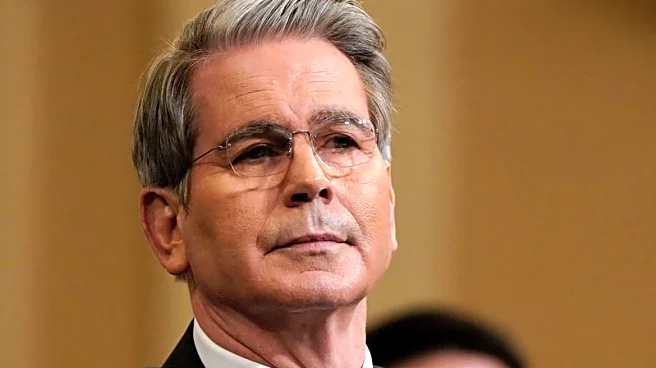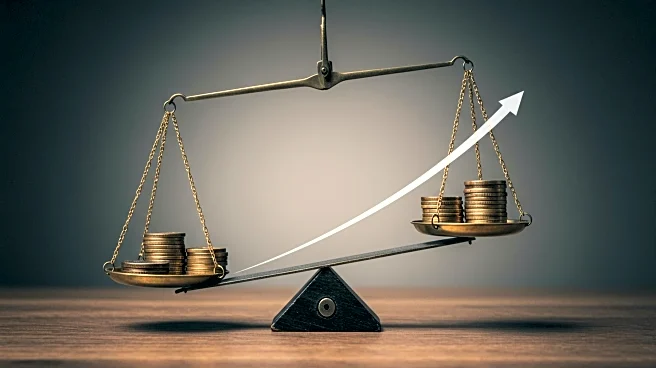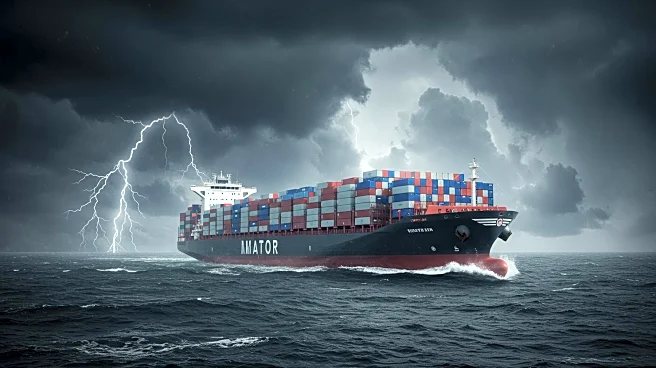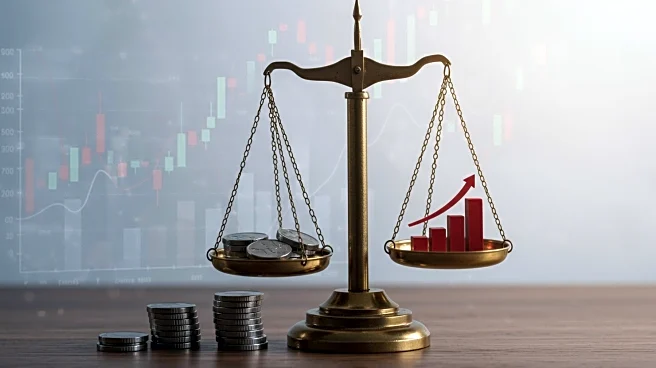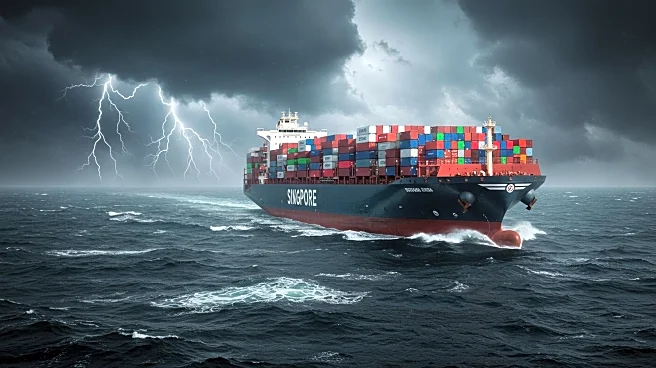What's Happening?
Economists warn that U.S. tariffs, implemented under President Trump, are likely to lead to price increases for consumers in the coming months. While inflation has remained relatively low due to stockpiled goods and companies absorbing costs, these measures are unsustainable. As stockpiles deplete, firms will need to pass on tariff costs to consumers, potentially raising prices for everyday items like apparel and automobiles. The tariffs have increased the average effective rate to 18.6%, the highest since 1934, impacting household budgets.
Why It's Important?
The anticipated price increases could affect consumer spending and economic growth, as higher costs for goods may reduce disposable income. Retailers and manufacturers face challenges in maintaining competitive pricing while managing increased costs, potentially leading to market shifts and changes in consumer behavior. The tariffs also highlight broader trade policy debates and their impact on domestic industries and international relations.
What's Next?
As companies exhaust stockpiled inventories, consumers may begin to see gradual price increases across various product categories. Retailers may implement strategic pricing adjustments to balance market share retention with profitability. The situation could prompt further discussions on trade policy and potential adjustments to tariff strategies to mitigate economic impacts.
Beyond the Headlines
The tariff-driven price increases underscore the complexities of trade policy and its ripple effects on the economy. They raise questions about the long-term sustainability of protectionist measures and their alignment with broader economic goals. The situation may influence future policy decisions and negotiations with trade partners.


